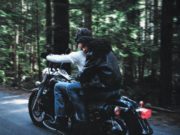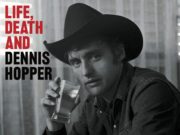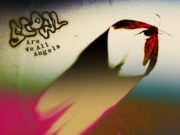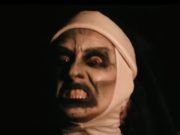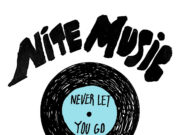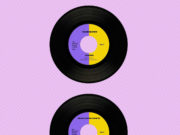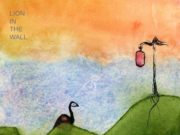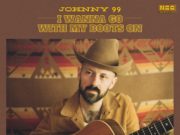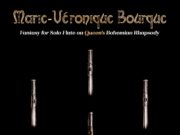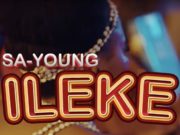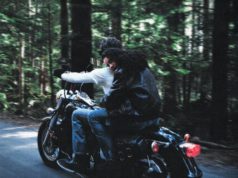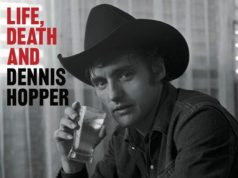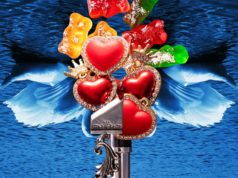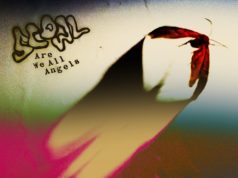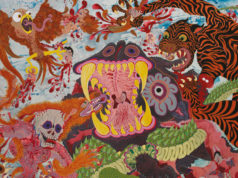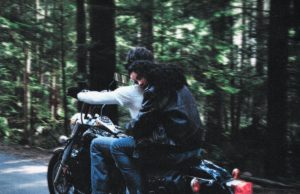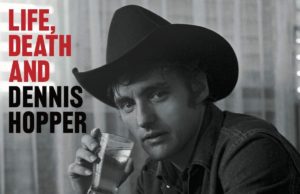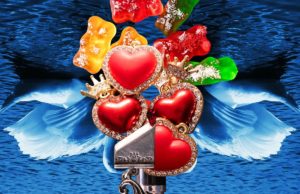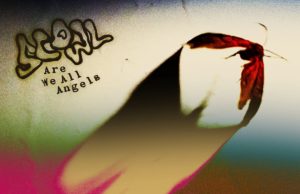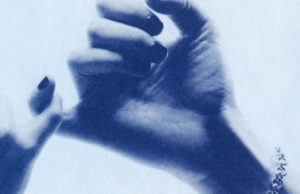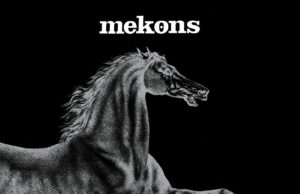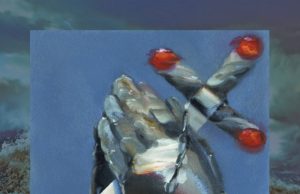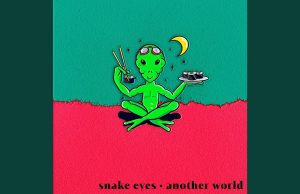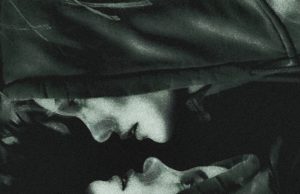THE EDITED PRESS RELEASE: “Eight years into their career, The Grateful Dead are a little bit of everything to everyone. They are putting up textures and tones of rock, of jazz, of country, with set-morphing vibes and long stretches of improvisations that are completely keyed into the sum of their parts. Keith Godchaux is here with his cascading notes. Donna Jean too. Both finding their footing and keeping things steady in the wake of Pigpen’s unfillable gap. The spring of 1973 feels transformative for the Dead — no more so than the May and early June shows. Complementary yet remarkably different, they are soon-to-be cornerstones of everyone’s tape collections — and now, 50 years later, part of the band’s official canon.
Here Comes Sunshine 1973 is a limited-edition, 17-CD box set with five previously unreleased, highly sought-after shows, including: Iowa State Fairgrounds, Des Moines (5/13/73), Campus Stadium, UCSB Santa Barbara (5/20/73), Kezar Stadium, San Francisco (5/26/73), and Robert F. Kennedy Memorial Stadium, Washington (6/9/73) and (6/10/73).
During the spring, the band road-tested most of the songs they would record that summer for Wake Of The Flood — their first studio album in three years — including early live versions of Mississippi Half-Step Toodeloo, Row Jimmy, Stella Blue, Eyes Of The World and, the set’s namesake, Here Comes Sunshine. Also tucked into the collection are songs destined for the Dead’s 1974 studio album From The Mars Hotel — China Doll, Loose Lucy and Wave That Flag, a precursor to U.S. Blues.
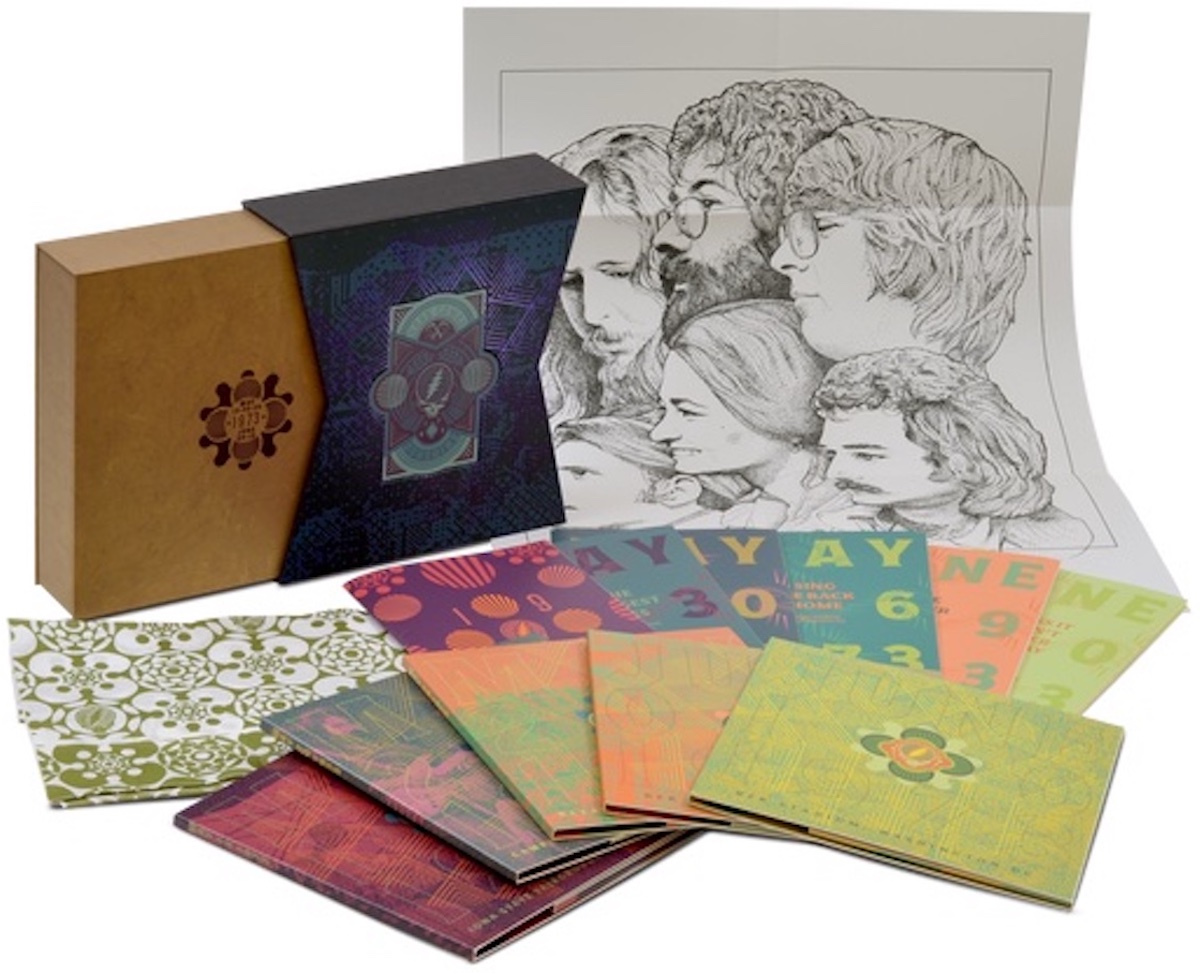
The new repertoire slipped neatly into the fluid setlists alongside songs honed on the 1972 European tour (Jack Straw, Tennessee Jed, Brown-Eyed Women), Chuck Berry perennials (Promised Land, Around And Around), classic country (Big River, The Race Is On), and incredible jam sequences: He’s Gone -> Truckin’ -> The Other One –> Eyes Of The World.
There’s the simple fact that the band members were old enough and experienced enough by now to be virtuosos on their instruments (what other group — rock or jazz or any other kind of music — could boast a trio of spectacularly singular talents such as Jerry Garcia, Phil Lesh and Bob Weir?) but were still young enough to want to play and play and play some more, the happy, itchy inclination of youth. As a few of the shows in the Here Comes Sunshine boxed set attest, it wasn’t unusual for a 1973 concert to exceed four hours. And within the shows themselves, there are nearly nightly examples of hour-long orgies of tune-linked songcraft and juicy jamming.
The individually numbered set features vibrant graphics and custom-designed folios by Grammy-winning art director Masaki Koike, a custom-dyed Tenugui and an exclusive poster featuring an illustration by Mary Ann Mayer, and liner notes by Canadian author Ray Robertson, The Owsley Stanley Foundation and David Lemieux. And, of course, it features newly restored and speed-corrected audio by Plangent Processes, mastered by Jeffrey Norman.”



